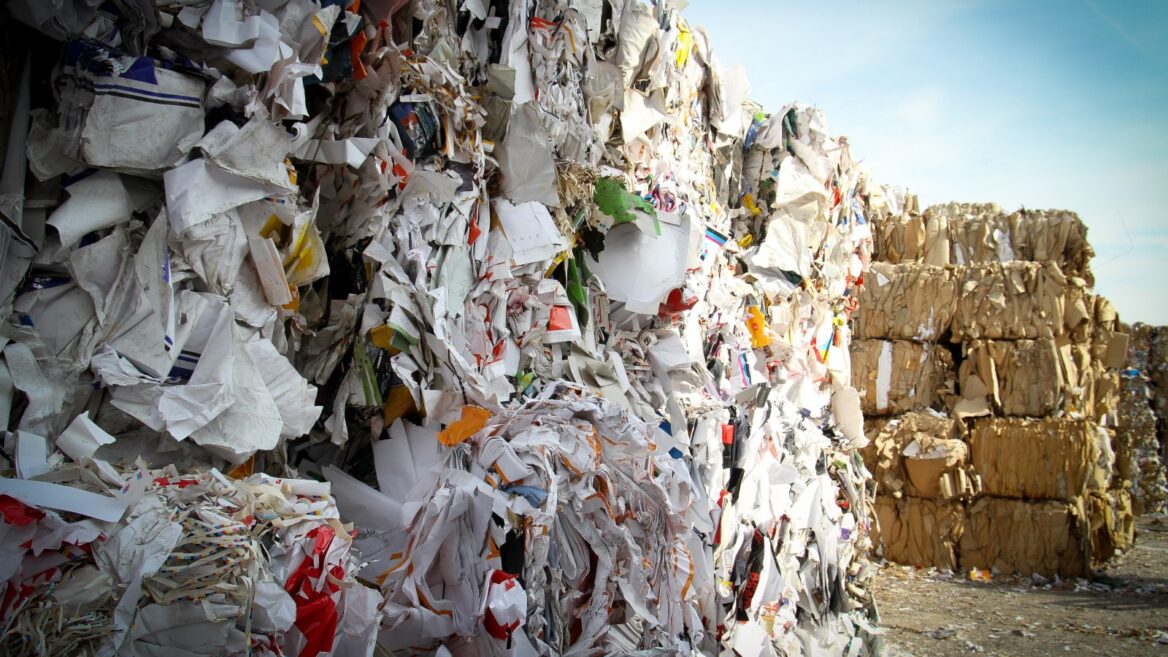Most of the waste associated with home and small business computing relates to the use of printers. Here are some tips can assist you to minimize your footprint.
Scrap Paper
The obvious way to reduce printer waste is lessening your printing times. If you do not really need a hard copy of a document, then please do not make one.
We are not suggesting you can completely eliminate printing. There are still times when a letter carries more weight than an email. Some people still expect to receive physical invoices and receipts. An A4 printout of a complex schedule is a lot easier to use than trying to read the same document on the small screen of a smartphone.
In addition, applying double-sided printing is another important way to significantly reduce the amount of paper you get through. It would not halve your consumption because documents are often just one page, and there are times when double-sided output simply, is not appropriate.

Some printers or drivers allow you to set double-sided printing as the default. It can also be helpful to prepare two or more presets that match the way you work. For instance, as a minimum you might have single-sided colour, single-sided greyscale, double-sided, colour, and double-sided greyscale.
Also, while it does not actually reduce the amount of waste you produce, purchasing recycled paper and putting scrap paper in the recycling bin does reduce the impact of printing. Compared with virgin paper, the manufacture of recycled paper uses significantly less energy and water. If your past experience with recycled office paper was less than satisfactory, take another look: today's recycled papers are almost indistinguishable from those made from virgin pulp.
Cartridge waste
Another significant type of waste associated with printers is printing consumable item, such as ink cartridges and toner cartridges.
Some people like to do their own refilling, but this can be a messy business with uncertain results.
Using commercially refilled cartridges avoids the mess, but there can be quality issues.
The difference between refilled and remanufactured cartridges is that the latter have been dismantled and any worn or damaged parts replaced during the reassembly and refilling process.
One way to reduce the number of ink or toner cartridges you get through is to use the printer's draft mode where appropriate. Original cartridges and compatible cartridges (we explained differences between original cartridges and compatible cartridges in the previous article) are welcomed to be used. This uses less ink or toner, so the cartridges last longer. And if your printer is one that was designed to be refilled with ink or toner from bottles, you'll generate even less waste.
Power
An invisible form of waste is the excessive use of electricity.
Laser printers use more electricity than inkjets do, largely because high temperatures are needed to fuse the toner onto the paper. So their peak consumption can be 200W or more, at least ten times that of typical inkjets.
Modern printers are generally quite aggressive in terms of dropping back to low-power standby modes in order to save electricity. Even in the lowest-power mode some electricity is being used, so it is tempting to switch off at the wall if the printer is not going to be used for a prolonged period.
However, that can be a false economy, especially with inkjet printers. A significant amount of ink is used every time the printer is switched on, and the cost of the ink is likely to be greater than the cost of the electricity saved.
If you really do need to power-down an inkjet printer, do not just flick the wall switch! Use the printer's on/off switch first, wait for it to shut down completely, and only then disconnect from the mains. This process allows the mechanism to correctly park the printhead, reducing the risk that it will dry out and become clogged.
End of life
The printer itself eventually becomes waste.
A problem with lower-end printers – as with so many other types of product – is that almost any out-of-warranty repair is uneconomical, so if something does go wrong the best course of action is to buy a new one. There's not much we, as individuals and small businesses, can do about that, apart from looking for printers that come with longer warranties.

One year is typical for
cheaper models, but some printers are guaranteed for two years if registered
promptly after purchase. More expensive models may come with a two-year
warranty, and are often designed with durability and serviceability in mind.
Anyway, when your printer does
reach the end of its useful life, please assured it will be correctly
processed.